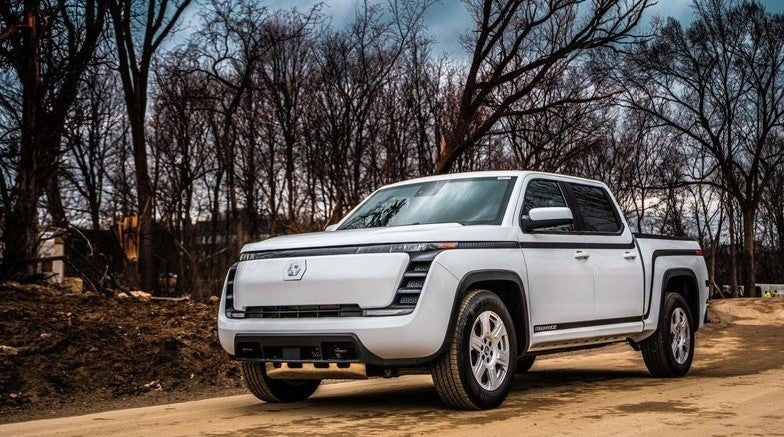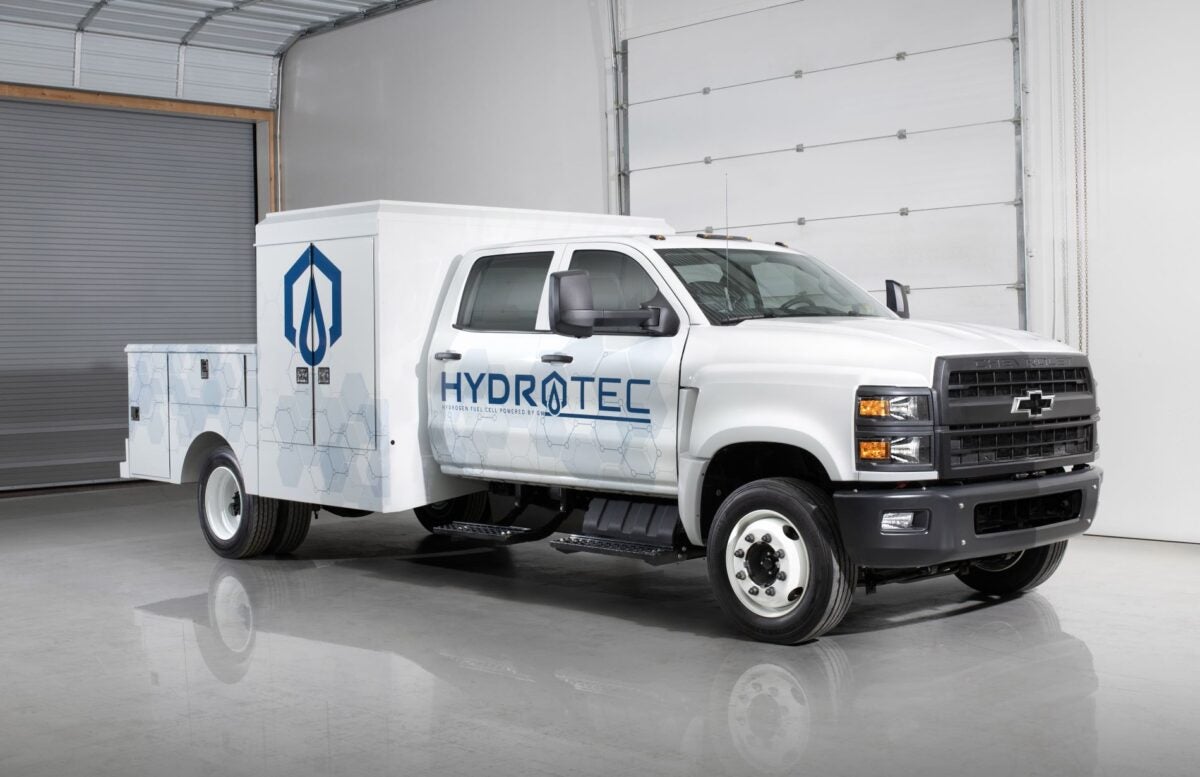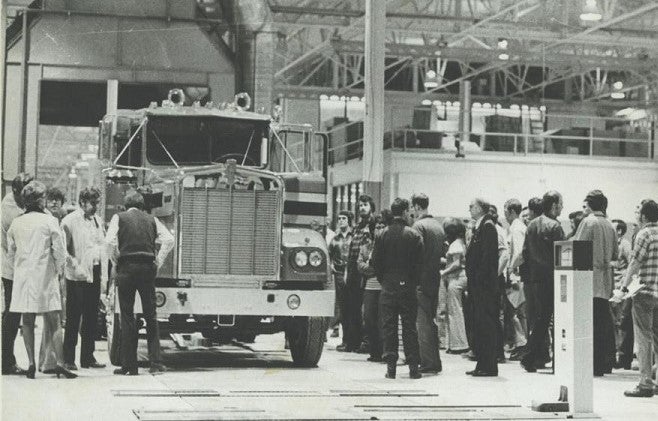[ad_1]
The annual Work Truck Week and American Trucking Associations Maintenance & Technology Council pile on stakeholder-specific dispatches each March. But this week bigger stories originated outside the convention halls in Indianapolis and New Orleans.
The Securities and Exchange Commission in Washington is as good a starting point as any.
Nearly three years after Hindenberg Research set its sights on Lordstown Motors Corp., accusing the former special purpose acquisition company of inflating orders and other shenanigans, the SEC charged the now-bankrupt company with misleading investors about the sales prospects of its Endurance electric pickup truck aimed at commercial fleets.
“We allege that, in a highly competitive race to deliver the first mass-produced electric pickup truck to the U.S. market, Lordstown oversold true demand for the Endurance,” Mark Cave, associate director of the SEC’s enforcement division, said in a Feb. 29 news release.
“Exaggerations that misrepresent a public company’s competitive advantages distort the capital markets and foil investors’ ability to make informed decisions about where to put their money.”
Day traders who bid up Lordstown shares to meme stock status in 2020 and 2021 would likely give that statement a loud amen.
The SEC’s settled order found that Lordstown violated certain anti-fraud, proxy and reporting provisions of federal securities laws. Without admitting or denying the SEC’s findings, Lordstown agreed to a cease-and-desist order and a fine of $25.5 million — if the bankruptcy court approves.
Clark Schaefer Hackett and Co., which audited Lordtown’s books before and after it went public via SPAC merger with DiamondPeak Acquisition Corp. in October 2020, agreed to pay more than $80,000 in penalties and interest and clean up its act by improved processes and procedures.

Enriched founder Steve Burns missing from penalties
Noticeably absent from the SEC action was Lordstown founder and former CEO Steve Burns, who converted his post-SPAC holdings into more than $61 million. He used $10 million of that to purchase the company’s Endurance assets out of bankruptcy.
According to a TechCrunch article in January, Burns has started a new company called LandX Motors featuring an electric pickup strikingly similar to the Endurance.
There was no sign of Burns at Work Truck Week in Indianapolis, where he lurked two years ago as Lordstown pitched the truck to curious attendees. LandX had no presence at the show this week.
About those batteries…
With Volvo Group acquiring the battery assets of Proterra Inc., it’s unclear whether Proterra customers Nikola and Daimler Truck North America’s Freightliner Custom Chassis Corp. will continue to get batteries from Proterra as a standalone company under the Swedish truck maker.Volvo said when it closed on the $210 million acquisition Feb. 1 that it “intends to run Proterra as a going concern and deliver to selected customers.” It did not name those customers. The company is keeping its customer list to itself, a Volvo Group spokesperson said in an email Thursday.
Indications are FCCC and Nikola are still in queue. But they expect to pay more for the same lithium-ion batteries used in the FCCC MT50e Class 5-6 walk-in vans and Nikola’s Class 8 fuel cell electric vehicle (FCEV).
Nikola, meanwhile, is testing batteries from Chinese supplier Contemporary Amperex Technology Co. Ltd. (CATL), the market leader in batteries for electric vehicles. Nikola needs replacements for fire-prone batteries that led to an August recall of 209 Class 8 electric trucks.
A deal could be near. Nikola said on its Q4 earnings call Feb. 26 that it remains on track to begin returning recalled trucks to owners by the end of March and complete returns by late Q2 or early Q3. Nikola also could substitute CATL battery packs for Proterra packs in the Tre FCEV that currently contain two Proterra battery packs.
GM expands commercial fuel cell horizons for SuperTruck 3
How one company can be both a leader and a laggard in hydrogen fuel cells is hard to grasp. Consider General Motors. The company demonstrated its first fuel cell vehicle — the GM Electrovan — in 1966. It was loaded with cryogenic hydrogen and oxygen tanks and an electrolyte reservoir behind the middle bench seat.
It conducted a multiyear demonstration program with 119 Chevrolet Equinoxes in the late 2000s and built an imposing Chevrolet Colorado-based ZH2 prototype for evaluation by the U.S. Army last decade.

GM has yet to produce a fuel cell vehicle for sale since forming a manufacturing joint venture with Honda Motor Co. in 2017. Fuel cell stack production planned “around 2020” got under way in February, a delay partially due to the pandemic.
GM appears to finally be asserting itself. First came a supply agreement in December with heavy-duty vocational OEM AutoCar. A week later, GM announced a deal to install Hydrotec fuel cell systems in Komatsu heavy-duty construction equipment.
This week, GM became the first to offer specifics on its entry in the hydrogen fuel cell-focused SuperTruck 3 program. It will outfit a frame similar to the 2024 Chevrolet Silverado 5500 MD with fuel cell systems in partnership with Southern Co., a Georgia-based gas and electric distributor. The fuel cell trucks will be used as shop vehicles at Southern Co. worksites.
DOE provides $26 million for medium-duty fuel cell project
GM is getting $26 million from the Department of Energy’s SuperTruck 3 program and the Hydrogen and Fuel Cell Technologies Office. It is footing the rest of the total $65 million pilot project with partners.
GM and Southern also are working with Oslo, Norway-based Nel ASA, a maker of electrolyzers, to produce hydrogen from water and electricity. An integrated hydrogen microgrid for fueling infrastructure includes a stationary fuel cell-based mobile power generator.
“GM’s advanced fuel cell technology gives these trucks a competitive edge against their diesel counterparts, with comparable towing and payload capabilities,” said Charlie Freese, GM executive director Global Hydrotec.

Speaking of SuperTruck
Each of the major heavy-duty OEMs participating in the SuperTruck 2 program put up significant freight efficiency numbers, sometimes by applying innovations that otherwise sat unused because of a lack of internal support.
The North American Council for Freight Efficiency (NACFE) took a deep dive into the trucks in the cost-sharing program whose technologies sometimes find their way into future products.
“Each of these five teams succeeded in innovating complete tractor-trailer systems capable of exceeding freight efficiency performance improvements of more than 100% versus each team’s Model Year 2009 baseline diesel tractors with standard 53-foot dry van box trailers,” NACFE wrote.
Considering the tractor and trailer as a single unit — visible in the sweeping aerodynamic-focused designs — results in “significantly better performance improvements than more piecemeal approaches looking at optimizing individual systems.”
Many tractor-trailer system efficiency gains apply to all powertrain choices. Reducing the energy required to move freight over a distance means less operational cost. For example, a 30% improvement in miles per gallon would make a 300-mile battery-electric vehicle capable of going 400 miles between charges.
Electric charger gap between cars and trucks – 60,000 to 10
As the keynote speaker at Tuesday’s Green Truck Summit kicking off Work Truck Week, Mary Aufdemberg, Daimler Truck North America’s general manager, product strategy and market development, confirmed what the audience knew: Diesel is not going anywhere for a long time. But she also revealed the first three locations for medium- and heavy-duty public charging sites for battery-electric trucks in the $650 million Greenlane infrastructure joint venture.
Briefly noted …
Cake and candles for Kenworth’s Chillicothe, Ohio, assembly plant, which celebrated its 50th anniversary on Monday. The plant has built 782,000 trucks since opening in 1974.

Hyliion Holdings is off the clock for a potential delisting of its stock from the New York Stock Exchange, surpassing 30 consecutive trading days with a share price above $1.
Nikola hired Thomas Okray, a veteran of several public company CFO positions, as its chief financial officer. He’ll earn a $695,000 annual salary plus other perks.
Volvo Group delivered 145,395 trucks in 2023, up 200 from a year earlier, including 1,977 electric trucks — 256% more than in 2022.
Truck Tech episode No. 57: Powertrain deep dive into new Volvo VNL
That’s it for this week. Thanks for reading and watching. Click here to get Truck Tech via email on Fridays. And catch the latest in major events and hear from the top players on “Truck Tech” at 3 p.m. Wednesdays on the FreightWaves YouTube channel.Your feedback and suggestions are always welcome. Write to [email protected].
[ad_2]
Source link













